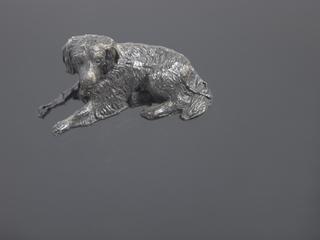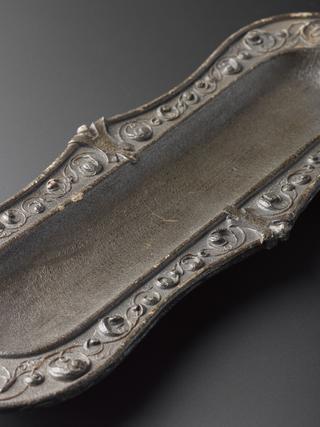
Gutta-percha armorial moulding, 1850-1900
- maker:
- Gutta Percha Company
Gutta-percha armorial moulding in form of Royal Coat of Arms, made by the Gutta Percha Company, Islington, London, England, 1850-1900.
Gutta-percha was introduced to Britain by a surgeon, Dr Montgomerie, who presented it to the Royal Society of Arts in 1843 after returning from Malaya (now Singapore), where he had seen it being used to make knife handles and other items. Gutta-percha could be softened in hot water, then moulded into shape before being left to cool and harden. Gutta-percha was also discovered to have electrical insulating properties against water, which meant it was used to insulate the cables for trans-ocean telegraphy, including the transatlantic cables, until the discovery of polythene in the 1930s.
Details
- Category:
- Plastics and Modern Materials
- Object Number:
- 1984-1099/1
- Materials:
- gutta-percha
- Measurements:
-
overall (standing up): 233 mm x 181 mm x 29 mm, .179 kg
- type:
- coat of arms
- credit:
- Donated by H. F. Wilson




